
1. 特指上文提到过的人或物。如:
We have a cat and two dogs. The cat is black and the dogs are white. 我们养了一只猫和两只狗,猫是黑的,狗是白的。
A boy and a girl in my class fell in love. The boy toldthe girl that he wanted to see her parents. 我班上一个男孩和一个女孩恋爱了。那男孩告诉那女孩说他想要见见她父母。
2. 特指说话双方都知道的人或物。如:
Open the door, please. 请把门打开。
Pass me the dictionary, please. 请把词典递给我。
Pass me the magazine on the desk. 请把桌上的杂志递给我。
The man who wrote the book is a friend of mine. 写这本书的那个人是我的一个朋友。
比较:
We need the boy who knows French. 我们需要这个懂法语的男孩。(特指谈到的某个懂法语的男孩)
We need a boy who knows French. 我们需要一个懂法语的男孩。(泛指任意一个懂法语的男孩)
4. 用于比较级前,特指两个被比较的对象的一个。如:
Of the two brothers, the younger is more interesting. 在这两兄弟中,年轻的这个更有趣。
There are two books on this subject, but I am not sure which is the better. 关于这个题目的书有两本,但我不肯定哪一本更好。
相关推荐
定冠词the与指示代词this,that同源,有那(这)个的意思,但较弱,可以和一个名词连用,来表示某个或某些特定的人或东西。 1)特指双方都明白的人或物: Take the medicine. 把药吃了。 2)上…[阅读全文]
1. 用a 还是用an:一般说来,在辅音或半元音开头的词前用a, 而在元音开头的词前用an: The hen laid an egg. 那只母鸡生了个鸡蛋。 She has an inborn love of jokes. 她天生爱开玩笑。 The chil…[阅读全文]

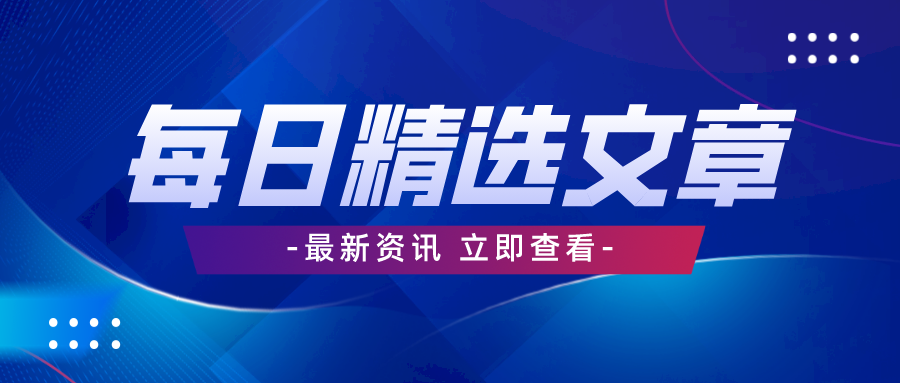



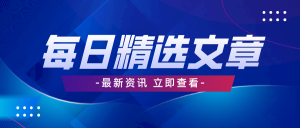



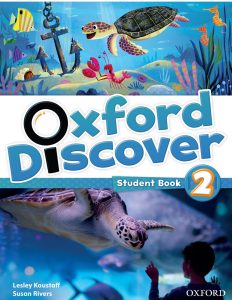

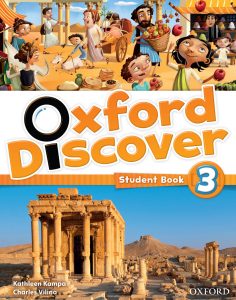

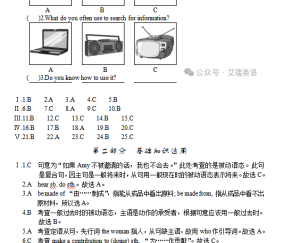
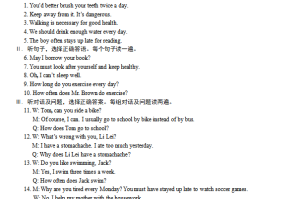


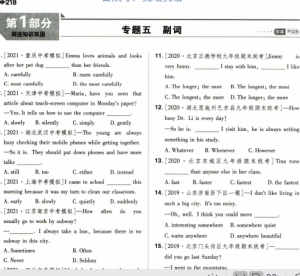
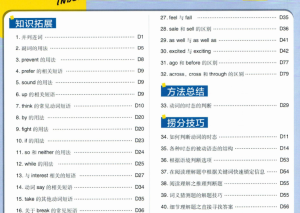
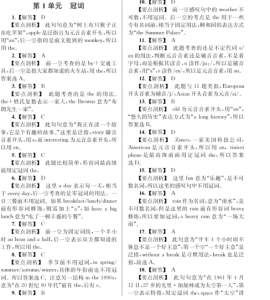
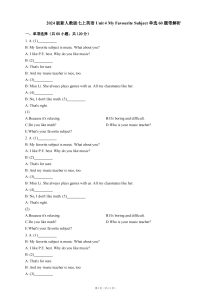

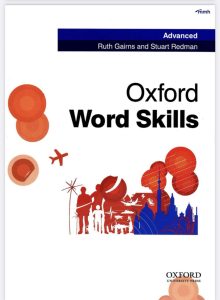
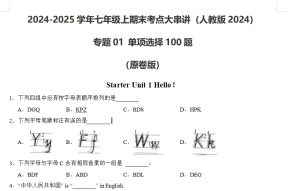
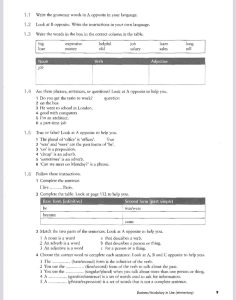
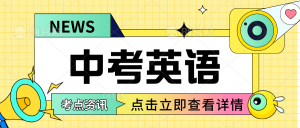


暂无评论内容